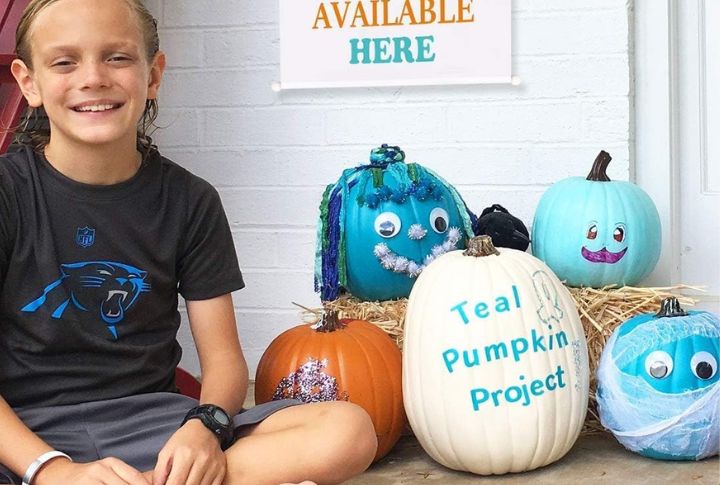
You’ve probably spotted a teal pumpkin sitting among the orange ones and wondered what it means. Well, there’s a thoughtful story behind this unexpected color and why it’s trending now. Knowing it all might just make your neighborhood a little brighter this spooky season. So, keep reading to find out the full story of the teal pumpkin.
How It Started
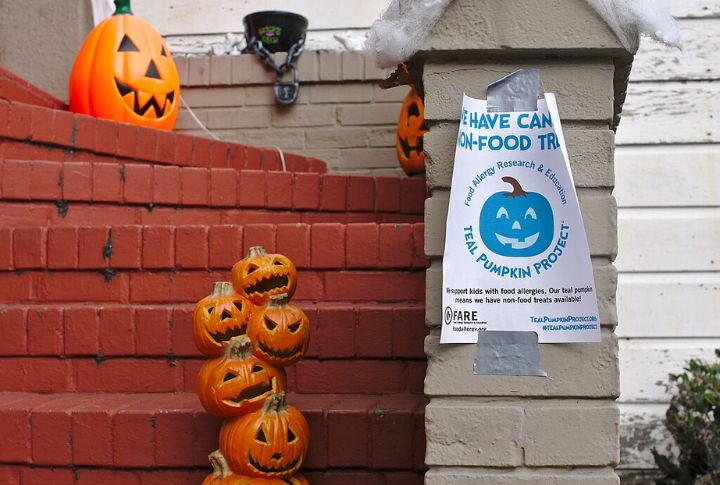
In 2012, Becky Basalone, a mom and founder of the Food Allergy Community of East Tennessee (FACET), wanted her son (who had severe food allergies) to enjoy Halloween safely. So, she painted a pumpkin teal to show that her home is offering small, non-food treats.
The National Teal Pumpkin Project (FARE)
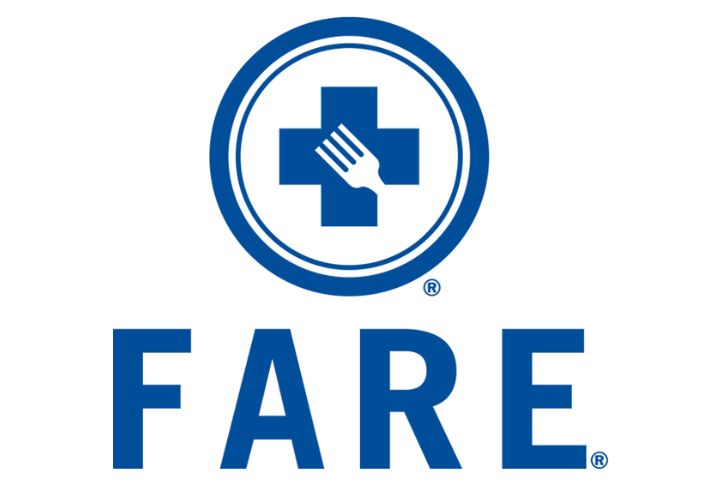
Becky Basalone’s local idea soon caught national attention. Recognizing its power to make Halloween safer and more inclusive, Food Allergy Research & Education (FARE) partnered with her community initiative and launched it nationwide in 2014. Today, the Teal Pumpkin Project has one simple goal—making Halloween fun and welcoming for every child.
Support For Health Conditions
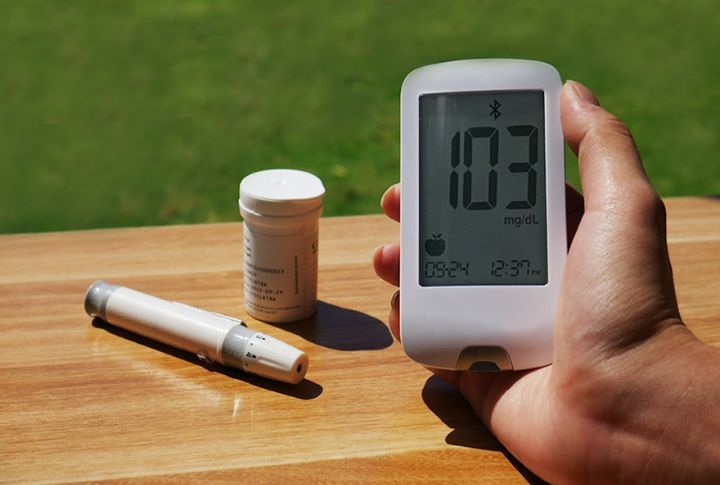
For kids managing conditions like celiac disease or diabetes, Halloween’s candy rush can bring real health concerns. Gluten, sugar spikes, and unclear labels demand caution. And so, the teal pumpkin movement encourages families to create a safer Halloween with non-treat items.
Empathy And Care
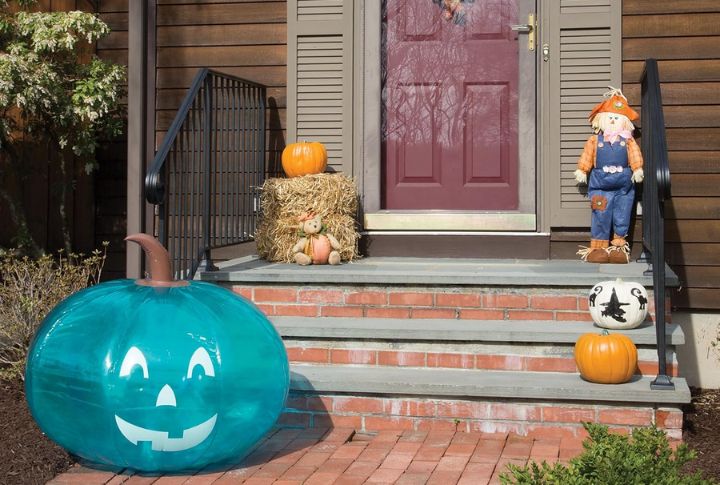
Overall, putting a teal pumpkin on the porch is a quiet act of empathy. It shows how people are managing food allergies at home and that they care enough to think about others. With one simple gesture, neighbors turn Halloween into a night where every child feels included and valued.
Participation Without Risk
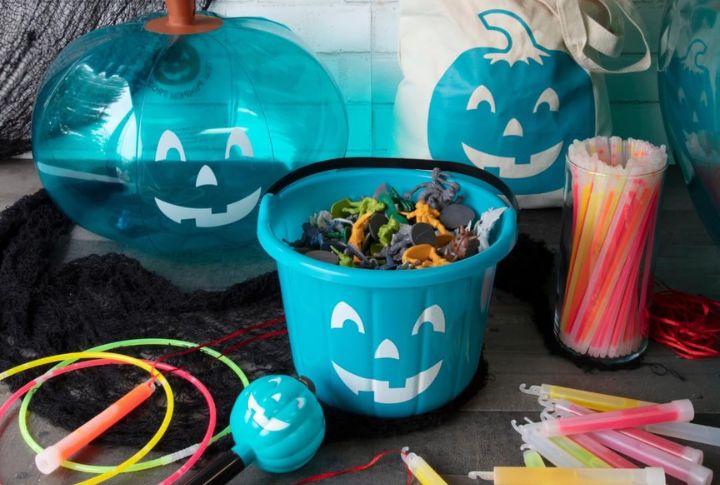
Joining the teal pumpkin movement is easy. You can paint a pumpkin yourself or grab one from the store. Then, put it on your porch and offer both candy and non-food treats like glow sticks, stickers, and small toys. FARE even provides free printable signs and ideas to help you get started.
Community Education And Dialogue

It’s surprising how a decor item can open so many eyes and hearts. Those who display it also help spark conversations about food allergies and inclusion in the neighborhood. Helpful study materials are also easy to find online for anyone who wants to spread the message further.
Visual Cue For Allergy-Conscious Parents
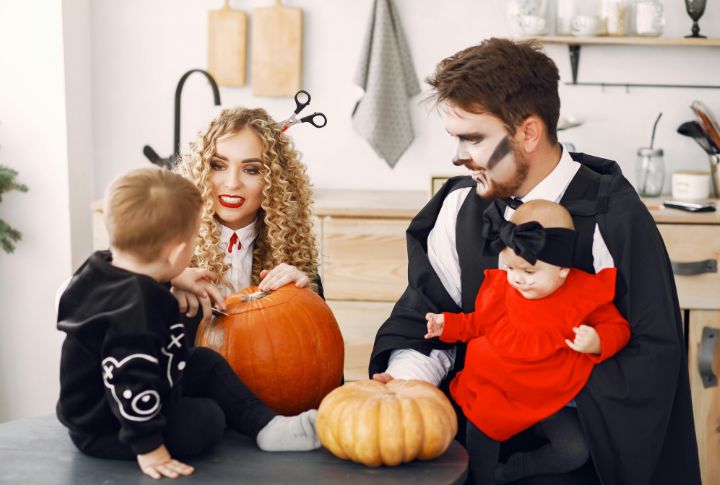
You can also register your house on the Teal Pumpkin Project’s online map to help parents plan safe trick-or-treat routes for kids with allergies. Those pumpkins and friendly waves will create a network of homes that everyone can instantly recognize on Halloween night.
Growing Global Movement
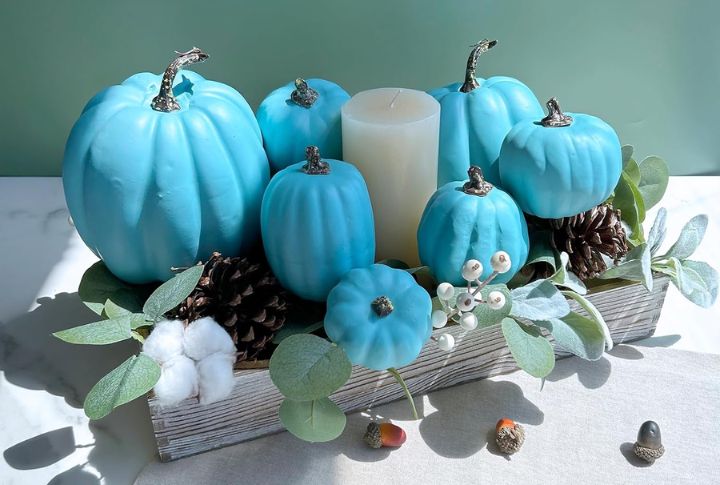
Started in the U.S., the teal pumpkin movement now lights up porches around the world. From Canada to Europe, families use it to promote safety and empathy. This simple act reminds us that caring for others is a language every country understands.
Eco-Friendly Non-Food Treats

A rising trend this year is the eco-conscious twist on the Teal Pumpkin Project. Many families are now choosing sustainable, plastic-free non-food treats like paper puzzles, seed packets, wooden toys, or recycled crayons. This not only supports kids with allergies but also aligns with growing environmental awareness during holiday celebrations.
The “Teal Beacon” Initiative
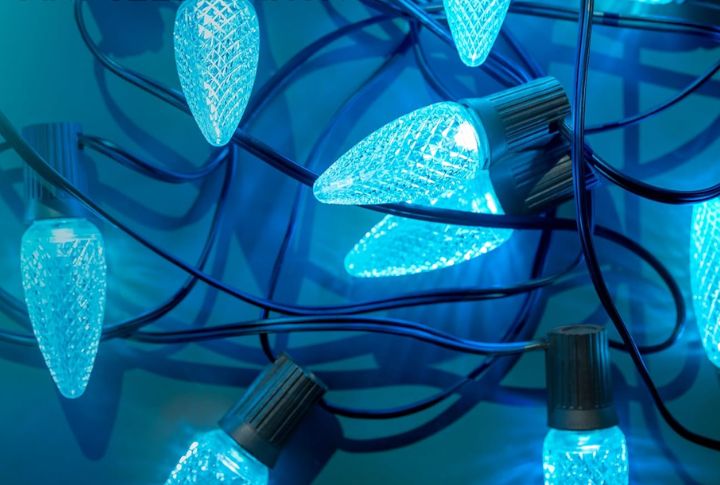
In 2025, FARE introduced the “Teal Beacon” campaign to amplify visibility for allergy-safe homes. It encourages participants to use teal-colored lights or lanterns alongside pumpkins to make their homes more noticeable during nighttime trick-or-treating. The glowing symbol helps families spot inclusive homes from a distance, especially in dimly lit neighborhoods.

